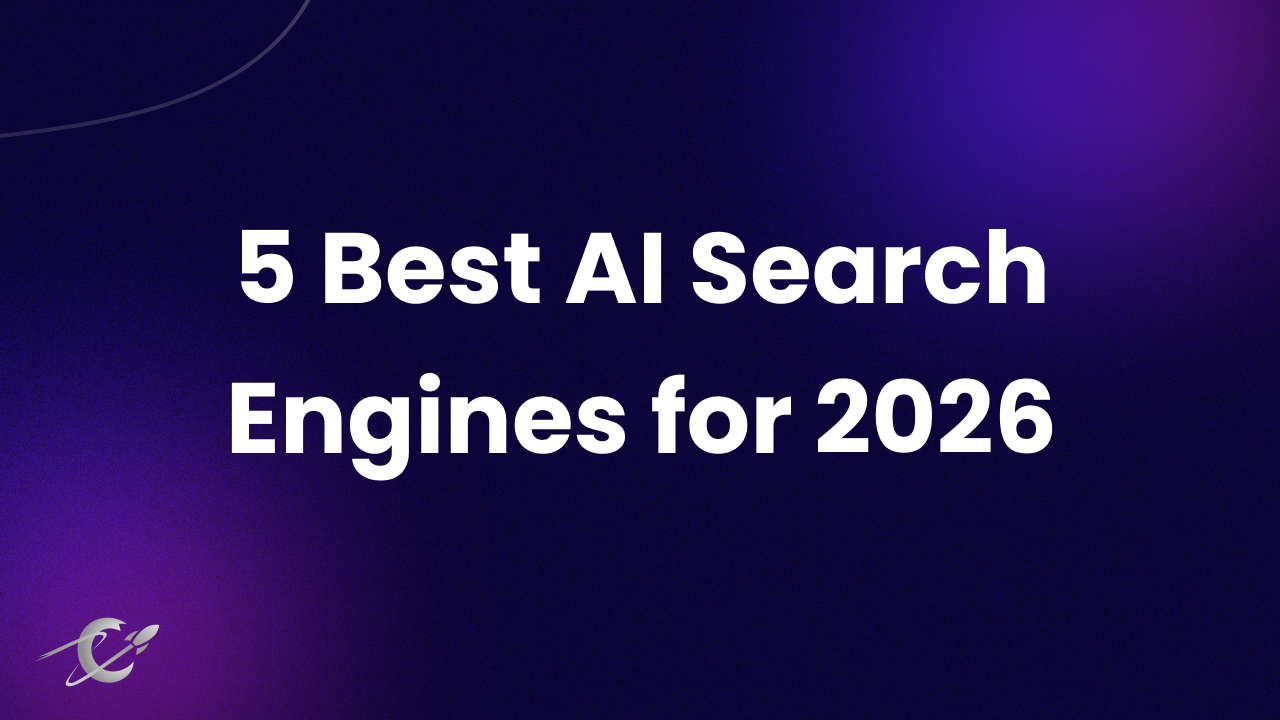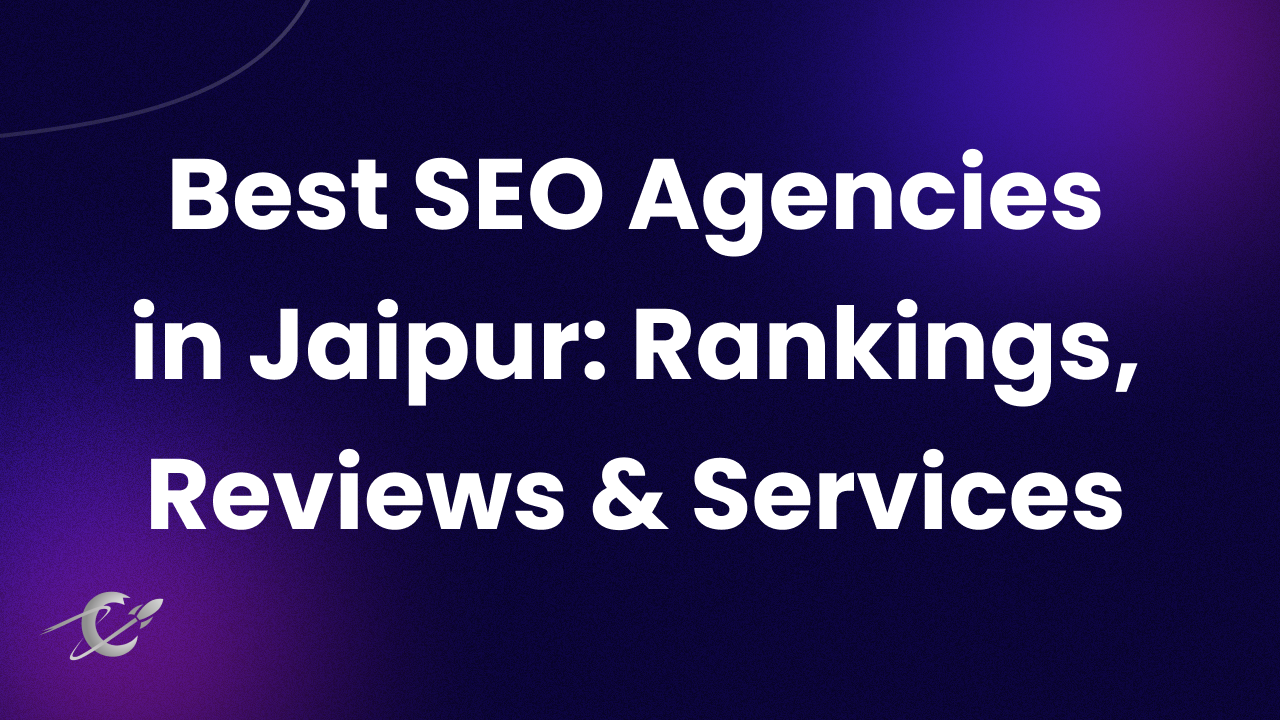5 Best AI Search Engines for 2026
Simran Kataria

As digital borders blur and AI-driven search becomes the norm, global users expect brands to speak their language—literally and culturally. That’s why website localization services have become a core growth engine in 2026, not a “nice-to-have.” Simply translating a website isn’t enough anymore. Modern audiences want experiences that feel native, familiar, and aligned with their everyday digital expectations.
To understand this shift, it’s essential to know what is localisation: it is the process of adapting your entire digital presence—not just the words—to suit a specific region. This includes tone, cultural references, currencies, measurements, checkout flows, legal requirements, and search intent. When done well, localization makes your website feel like it was originally built for every market you serve.

This matters because search engines now rank localized experiences higher. Google SGE, Perplexity, and AI-powered search rely heavily on topical relevance + local context. That means businesses that combine strong localization with a well-planned local SEO strategy consistently outperform competitors using generic, one-size-fits-all content.
In 2026, global trust is built through local relevance. The brands that scale internationally are the ones investing in seamless local experiences—and partnering with the right website localization services to get there.
Effective website localization services go far beyond translating text—they rebuild the entire digital experience so it feels native to every region. In 2026, localization requires aligning language, design, technology, and search behaviour into one unified workflow.
Localization starts with language accuracy, but it only works when tone, idioms, references, and CTAs feel familiar to local users. This is where understanding what is localisation becomes essential: it’s not a word-for-word conversion; it’s storytelling adjusted for a specific market.
User experience must adapt naturally across regions:
These adjustments significantly improve trust and conversion rates.
Under the hood, the site must support:
A modern localization-ready CMS is now a necessity.
Every language version must follow a region-specific local SEO checklist:
Without multilingual SEO alignment, localized content won’t rank—even if the translation is perfect.
In 2026, true localization is an ecosystem. It touches every part of the site, ensuring consistency across language, culture, design, and search.
Modern website localization services follow a structured process designed to keep quality high while making global expansion scalable. Here’s the simplified 2026 workflow every business should understand:
Start by identifying where your demand already exists. Analyze traffic, conversions, and customer readiness. This ensures you localize for regions that will generate the fastest ROI before expanding further.
Translation is just the entry point. Human editors refine tone, keywords, brand voice, and terminology to match each region. This step embodies what is localisation—adapting meaning, not just language.
Adapt everything users interact with:
This is what makes the experience feel authentically local.
Your localized site won’t rank without proper SEO. This includes:
This is when many companies hire a local SEO expert to ensure technical accuracy.
Before going live:
Post-launch, performance is tracked by region to guide future improvements.
This framework keeps your localization structured, predictable, and aligned with your global marketing goals.
Localization and SEO used to be treated as separate workflows. In 2026, they’re inseparable. The brands seeing the strongest global performance are the ones combining website localization services with a region-first local SEO strategy.
When content is truly localized—not just translated—it better matches how people search in their own language, dialect, and cultural context. Search engines reward this with higher relevance scores, better engagement metrics, and stronger multilingual rankings.
Localized websites automatically benefit from:
All of which strengthen organic visibility across markets.
A strong localization approach uses SEO insights to guide what gets adapted.
This includes:
This is exactly how the best local SEO company drives international visibility.
To scale globally, your site needs local signals:
These signals act as “trust markers.” They tell Google your content is meant for that region.
Modern localization partners now offer modular local SEO packages designed for expanding markets. These bundles typically include:
When combined with localization workflows, these packages accelerate search performance across every new language you enter.
Localization creates the experience. Local SEO distributes it. Together, they form the 2026 formula for global growth.
With so many tools and agencies offering website localization services, choosing the right partner can make the difference between a global success story and a confusing multilingual mess. Here’s a simplified 2026-ready checklist.
Use this quick snapshot to evaluate your options:
They must understand what is localisation at a deeper level:
A strong partner knows how to integrate localization with a complete local SEO strategy, including:
This instantly separates pros from amateurs.
Your provider should handle:
Without this, even great translations won’t rank.
Look for modular offerings you can scale with:
The best partners offer packages tailored to your expansion pace.
This ensures your localized pages don’t just look good—they perform.
If any of these appear, the provider will hold your global strategy back.
Before launching a localization project, confirm these essentials:
This checklist works alongside your localization workflow to keep everything aligned.
In 2026, global growth is built on two pillars:
localized experiences + local search visibility.
The right website localization partner helps you scale both without complexity—delivering content that feels native and ranks locally.
With the right systems, support, and SEO alignment, expanding into new markets becomes something predictable, measurable, and high-ROI.




Only valid for-